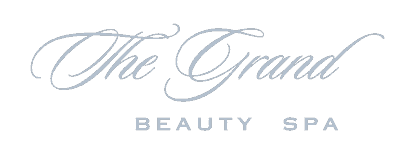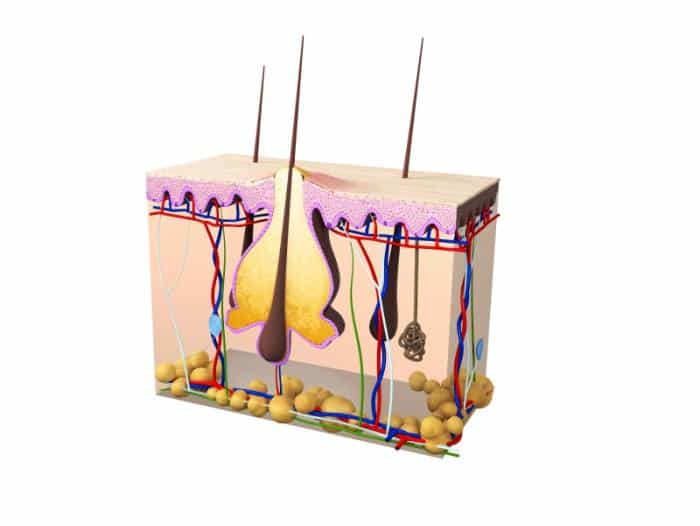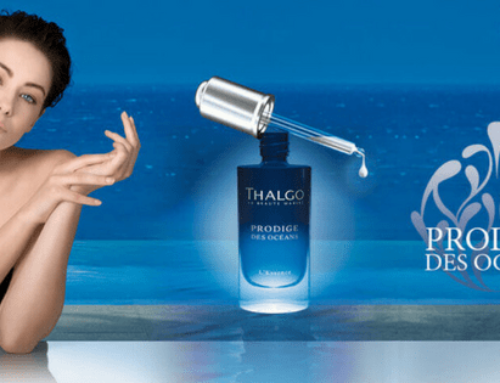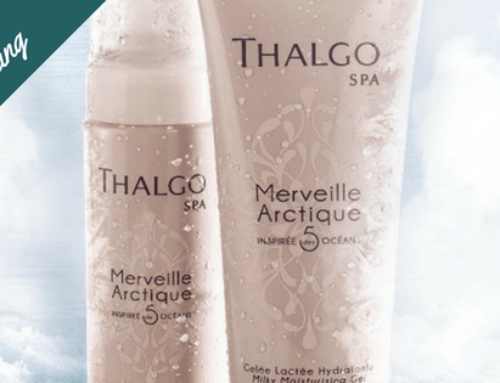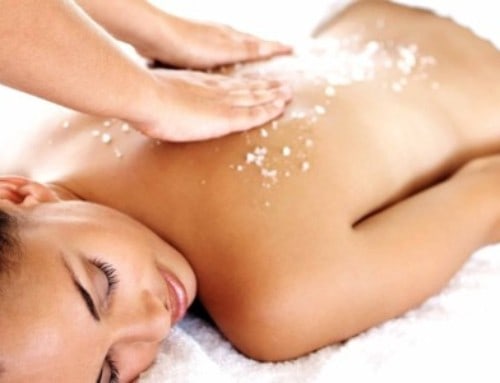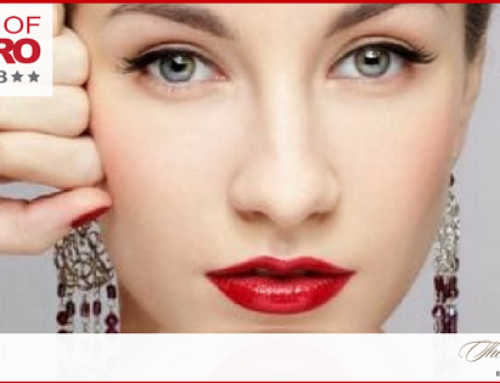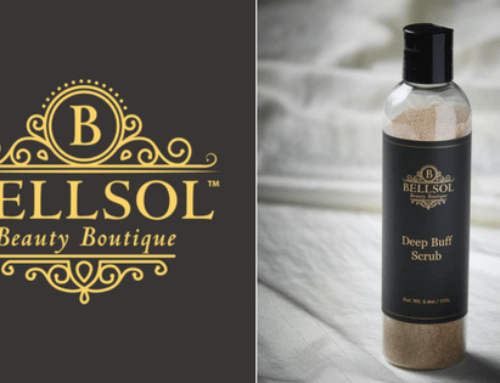Myths About Acne
Acne is the most common skin condition in the United States. Although it’s common, accurate information about acne can be scarce. This can make it difficult to get clearer skin.
Myths about acne are as common as the skin problem.
One common myth is that you have to let acne run its course. But without treatment, dark spots and permanent scars can appear on the skin as acne clears. And treating acne often boots a person’s self esteem. Many effective treatments are available.
Acne Definition
Acne occurs when the pores of the skin become clogged, inflamed, and sometimes infected. These clogged pores can result in blackheads, whiteheads, or pimples. Acne is common in teenagers, but can also occur in adults. A growing number of women have acne in their 30s, 40s, 50s, and beyond.
Acne Causes
Every skin pore contains a gland that produces oil, known as sebum.
Acne starts in the skin’s sebaceous glands. These glands secrete an oily substance called sebum. The sebum normally travels through a tiny hair follicle from the gland to the skin’s surface. Sometimes the sebum becomes trapped and mixes with dead skin cells and bacteria. This causes clogged pores called comedones.
Blackheads are comedones that reach the skin’s surface. Whiteheads are comedones that stay beneath the surface of the skin. Small red bumps, pimples, and cysts may also develop.
Anyone can develop acne — men and women, and people of all races. Although it’s commonly viewed as a teenage problem, adults develop acne, too. It’s estimated that eight out of 10 people have outbreaks at some point in their lives.
Hormonal changes may play a role in acne. This would help explain why teens and pregnant women often get acne. The skin condition can also run in families
Human skin has pores (tiny holes) which connect to oil glands located under the skin. The glands are connected to the pores via follicles – small canals. These glands produce Sebum, an oily liquid. The sebum carries dead skin cells through the follicles to the surface of the skin.
Effective Acne Treatments
The wild, weird and often dubious world of acne treatment. From prescription-strength remedies (Retin-A! Accutane!) to kitchen pantry saviors, such as apple cider vinegar etc.
Many treatments are available for acne, including over-the-counter and prescription medicines.
Benzyl peroxide and salicylic acid are the most common and effective over-the-counter medicines for acne. These medicines kill bacteria, dry up skin oil, and make your skin “peel” off. But be careful they can cause skin irritation, burning, or redness. That’s why it is more secure to go and see a professional therapist or a dermatologist if it is more severe.
In addition to or in combination with medicines, cosmetic procedures such as peels, skin microdermabrasion, and laser or light treatments may help treat acne. These treatments may also help reduce acne scars, Individual large acne cysts often respond dramatically to small injections of steroid medication by your family doctor or a dermatologist.
Lifestyle changes such as healthy diet and regular exercise may also help treat or prevent acne.
Worried about your acne problems? Visit us at The Grand Beauty Spa for recommendations about the ideal acne treatment that will be effective for you.
Rita-Claudia
Spa Director | Grand Beauty Spa
